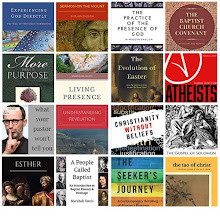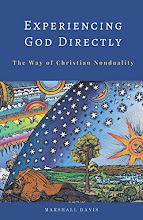I recently bought a house with a front door that is not used. I am not the only one with such a door. It is quite common in this area to have unused front doors. People use their side doors, back doors and porch doors instead. There is an unspoken rule that front door entry is inappropriate.
I visited some friends’ home a few days ago, and they have a table barricading the front door to make sure no one will mistake it for a usable door. My front door has insulation stapled between the inner and outer doors to make sure that everyone (including the new owner) gets the point.
I think the door may also be nailed shut; I will find out in the spring when I can access the door from the outside. The snow bank that buttresses the front steps makes it impossible for anyone to approach that door now. At least I think there are front steps. I don’t really know. They were snowbound when we arrived in January, and I have never actually seen them.
The outside of our front door is unpainted as if to announce to the world that it is not to be used. It is neglected-looking gray wood, in contrast to the fresh paint that coats the rest of the house. It is a color code that shouts to UPS and FedEx drivers: “Use some other door!”
I am not sure why front doors are unused. Often the used door is harder to access than the front door. When we moved into our house in January, it would have been easier to carry our furniture through the unused front door. It is bigger and opens directly into a large room. In contrast, our side door opens into a narrow hallway with an immediate tight turn that makes it difficult to maneuver larger pieces of furniture.
Having a spiritual bent, I have been pondering the spiritual significance (if any) of unused front doors. For example, does God’s home have an unused front door? If Jerusalem is God’s hometown and the temple is “the house of God,” perhaps it does!
Jerusalem’s front door – the Golden Gate that faces east and was the main entrance to the Temple Mount in Jesus’ day – stands unused. It has been blocked for nearly five centuries. If you want to enter Jerusalem, you have to go in one of the side doors.
According to Jewish tradition, the Shekhinah (Divine Presence) used to appear through this front gate. Tradition says that this is the gate through which the Messiah will enter Jerusalem. For that reason the Ottoman Sultan Suleiman the Great sealed the Golden Gate in 1541 to prevent the Messiah's entry. Muslims built a cemetery in front of the gate to emphasize the point.
It makes me wonder if there is a spiritual significance to unused front doors. Is it symbolic? Is it psychological? Does it represent the door of our souls? Jesus’ words suddenly have greater significance.
“Behold, I stand at the door and knock. If anyone hears my voice and opens the door, I will come in to him and eat with him, and he with me.” If you hear knocking at your unused front door, now you know what to do.
___________













